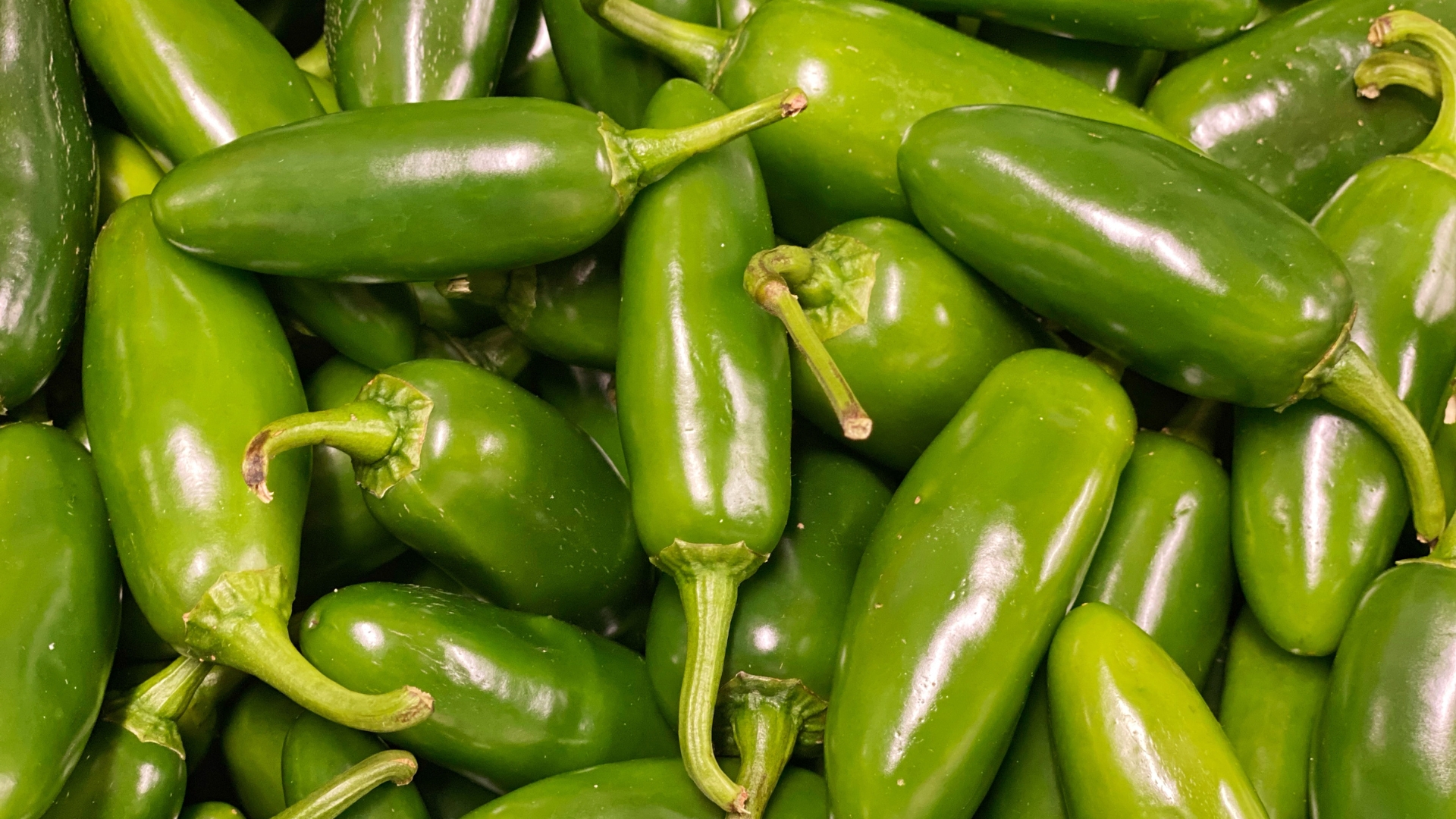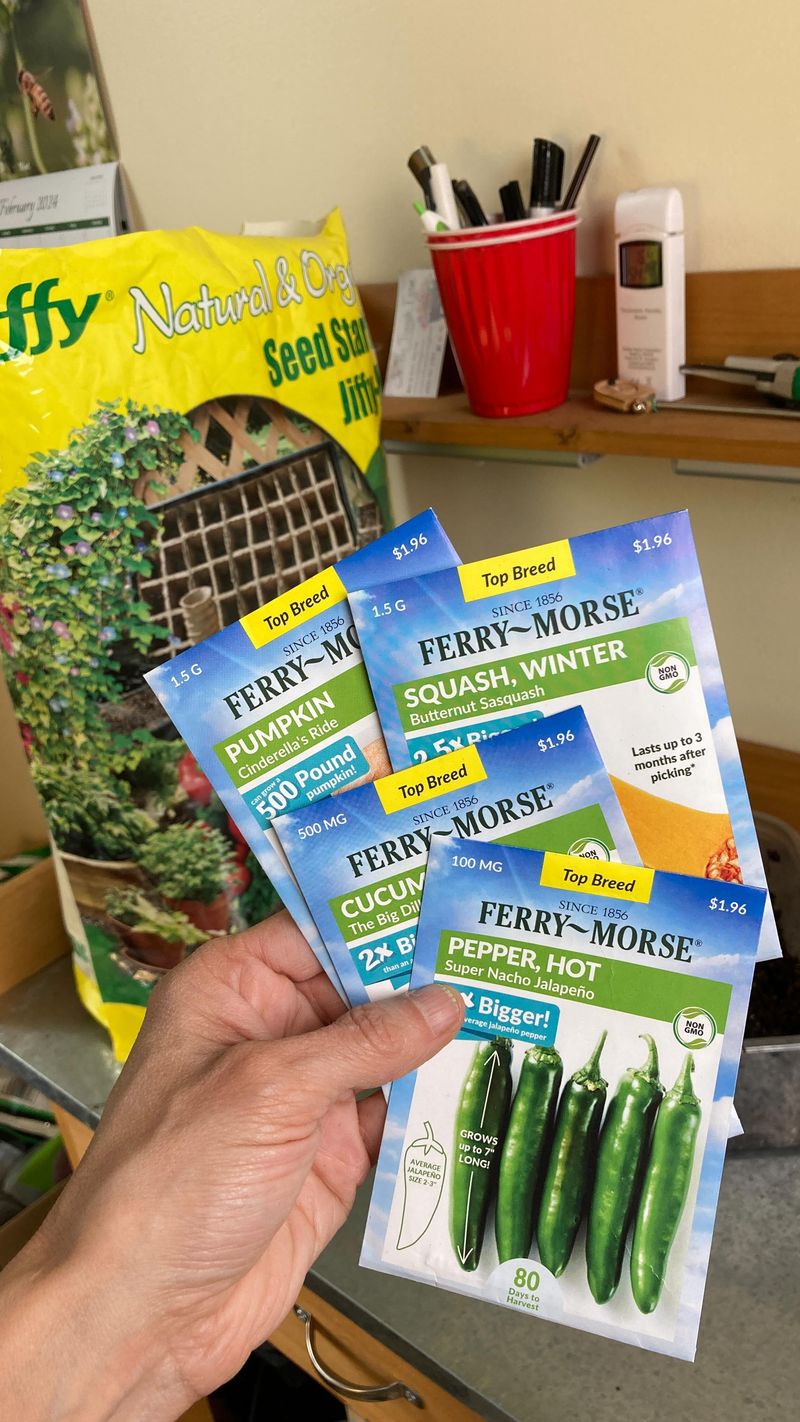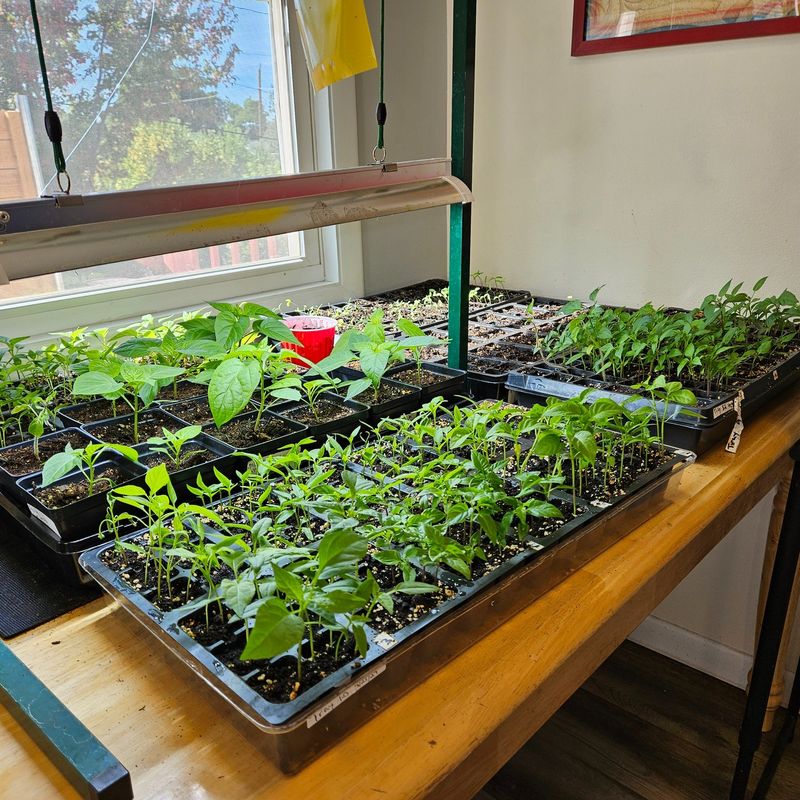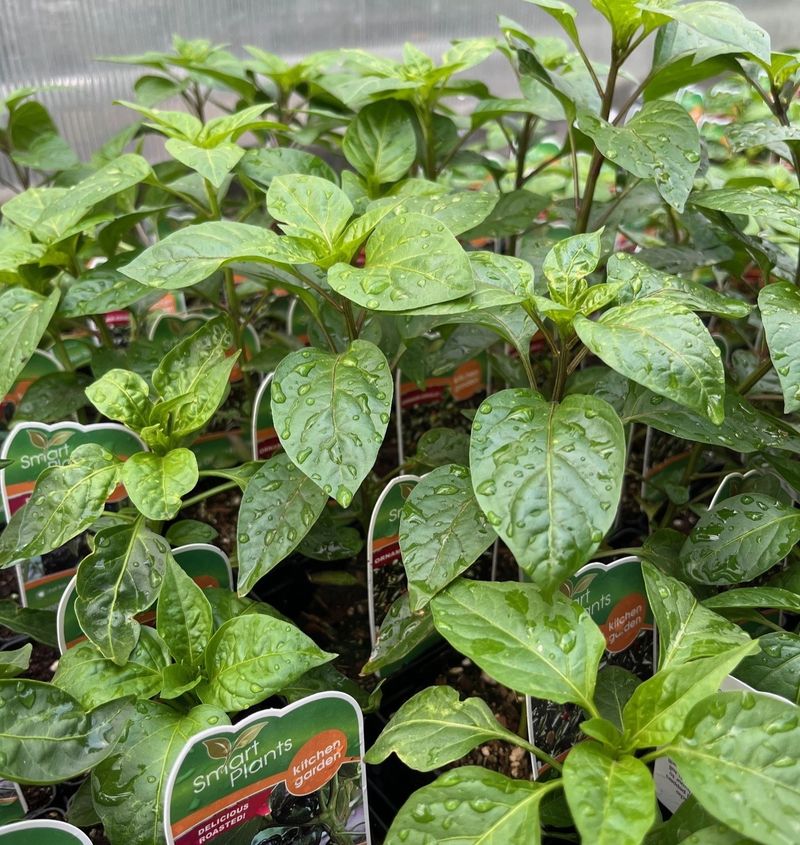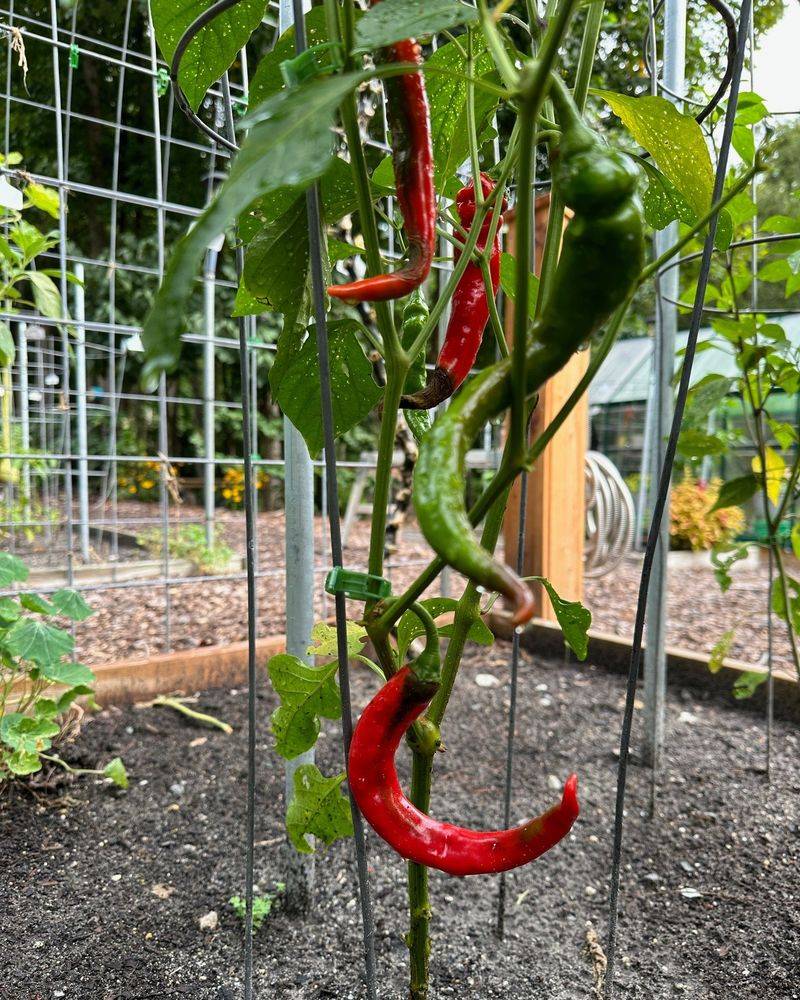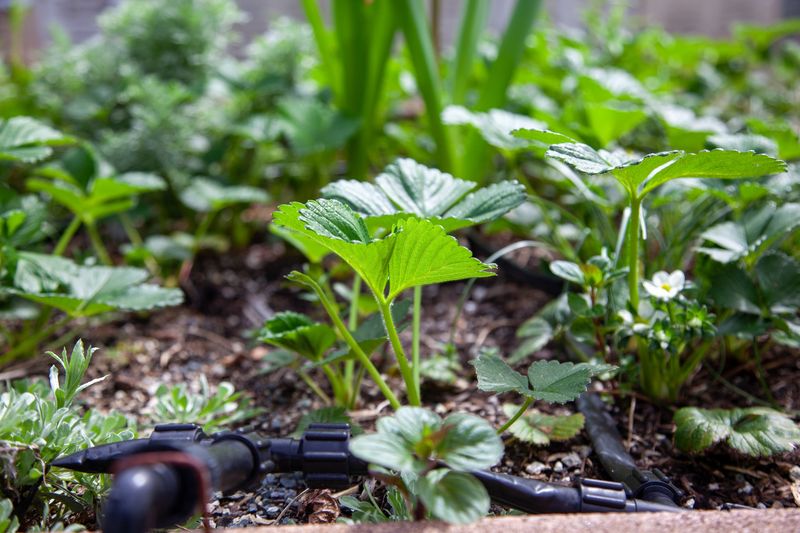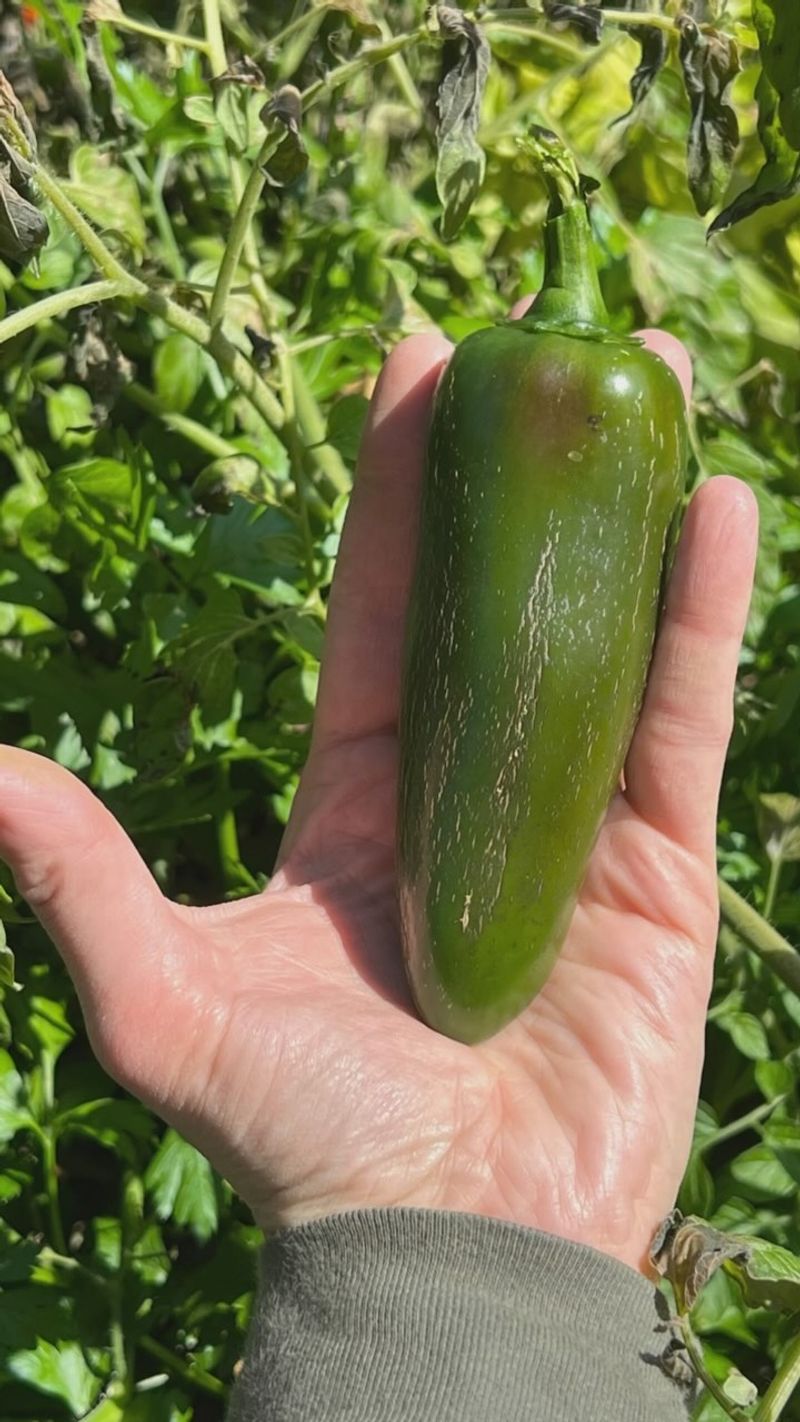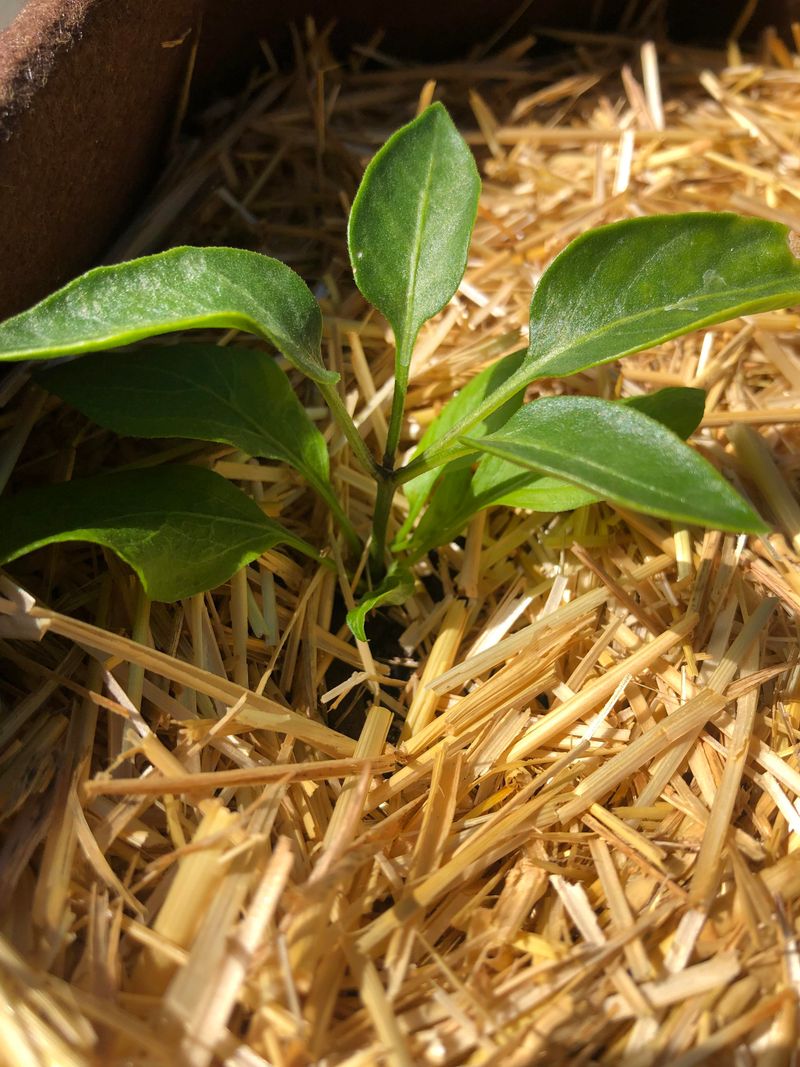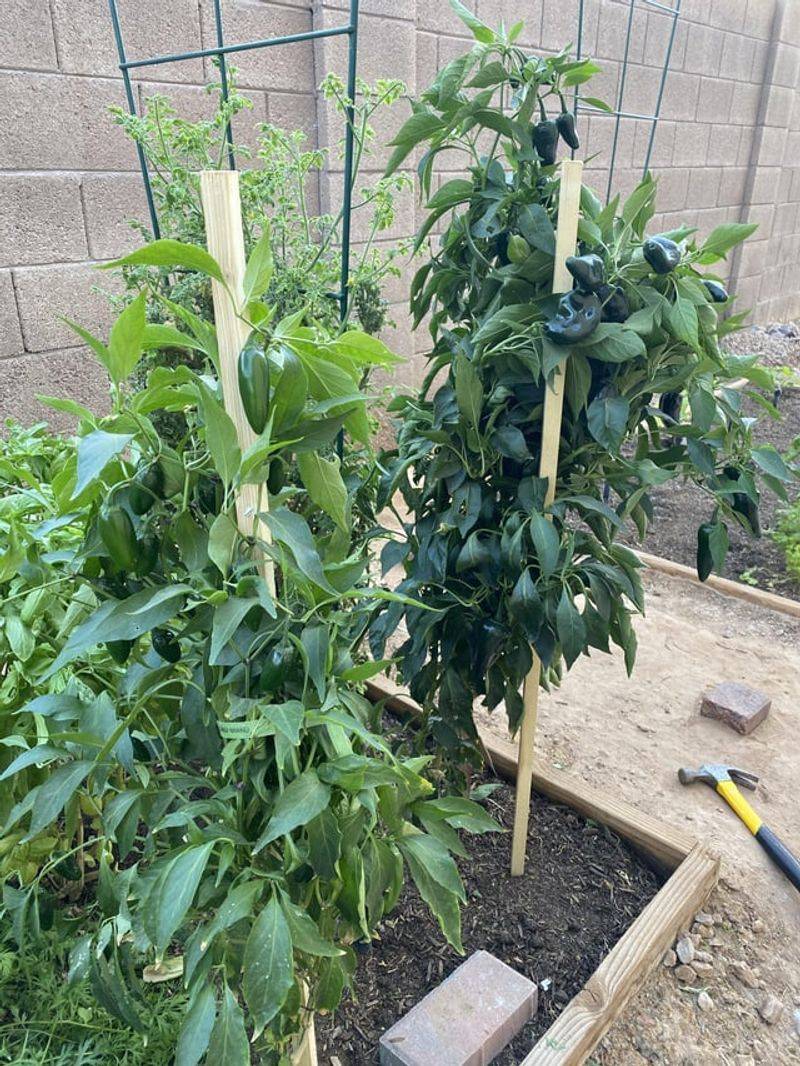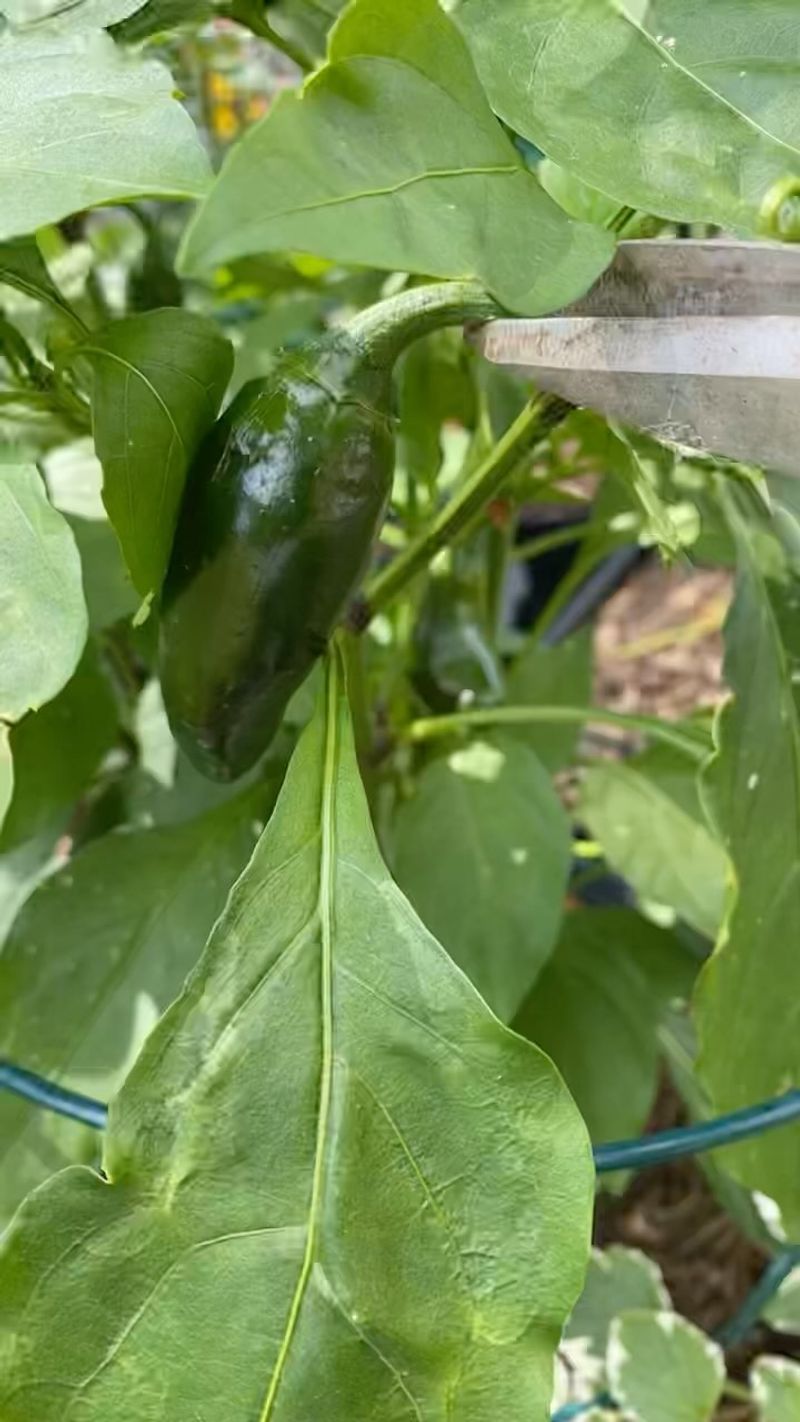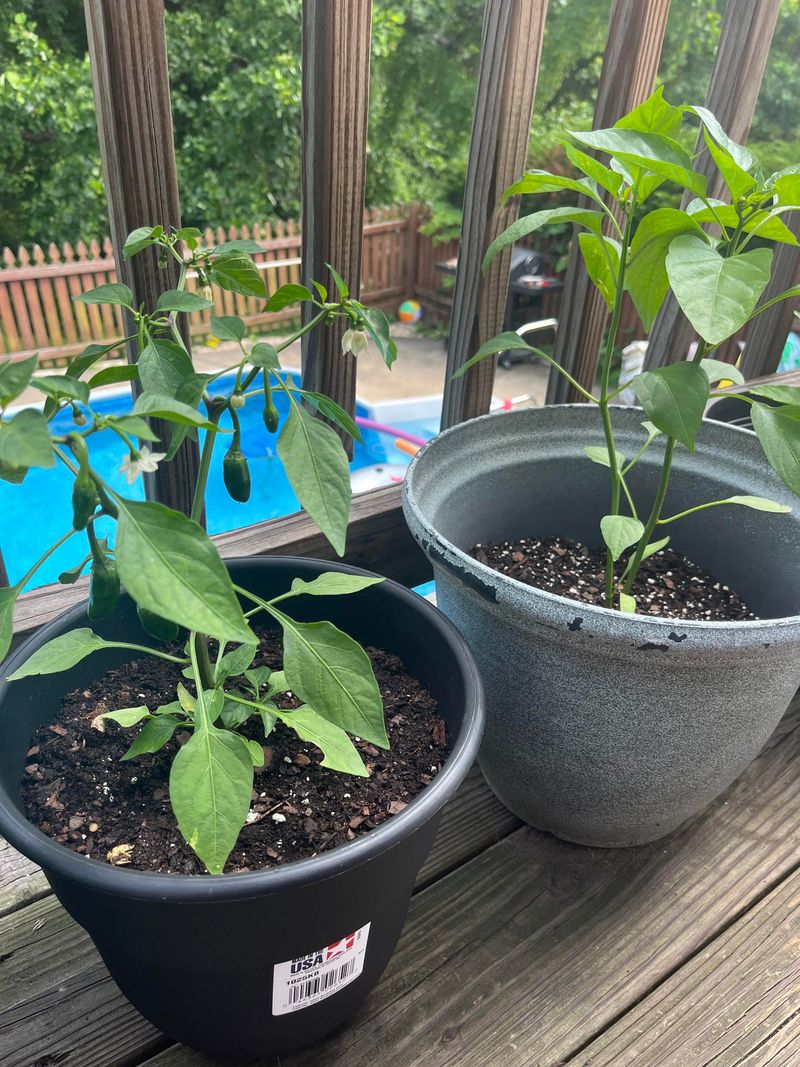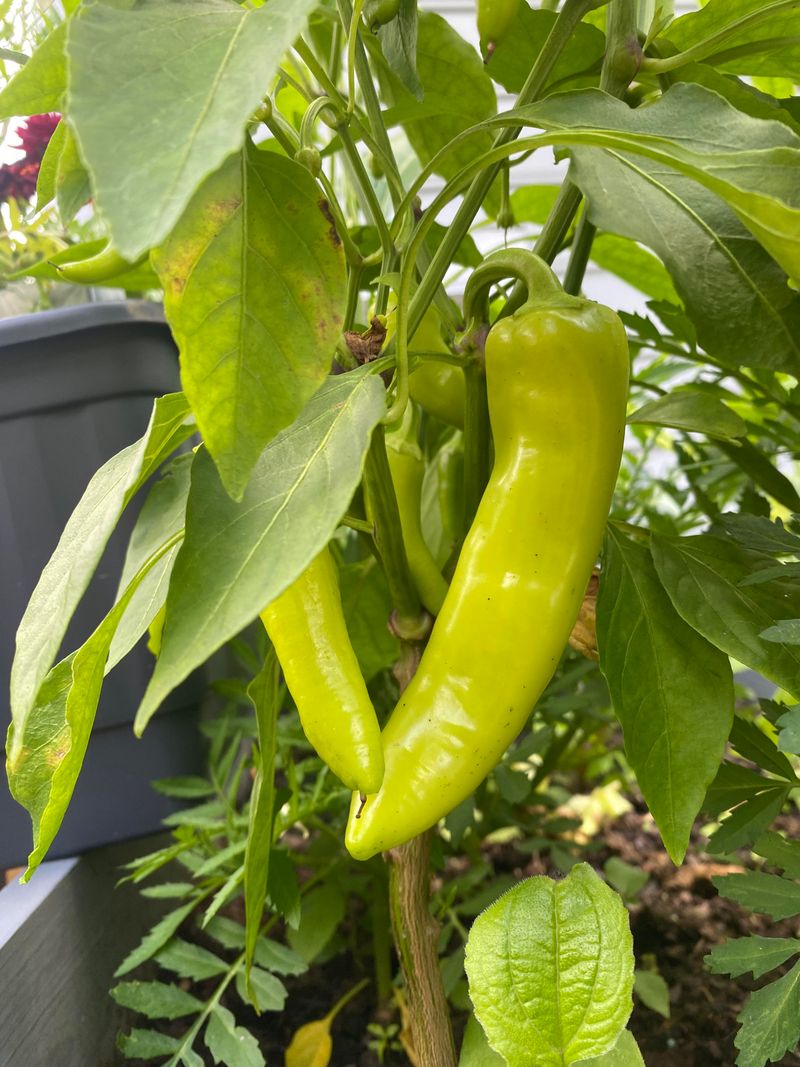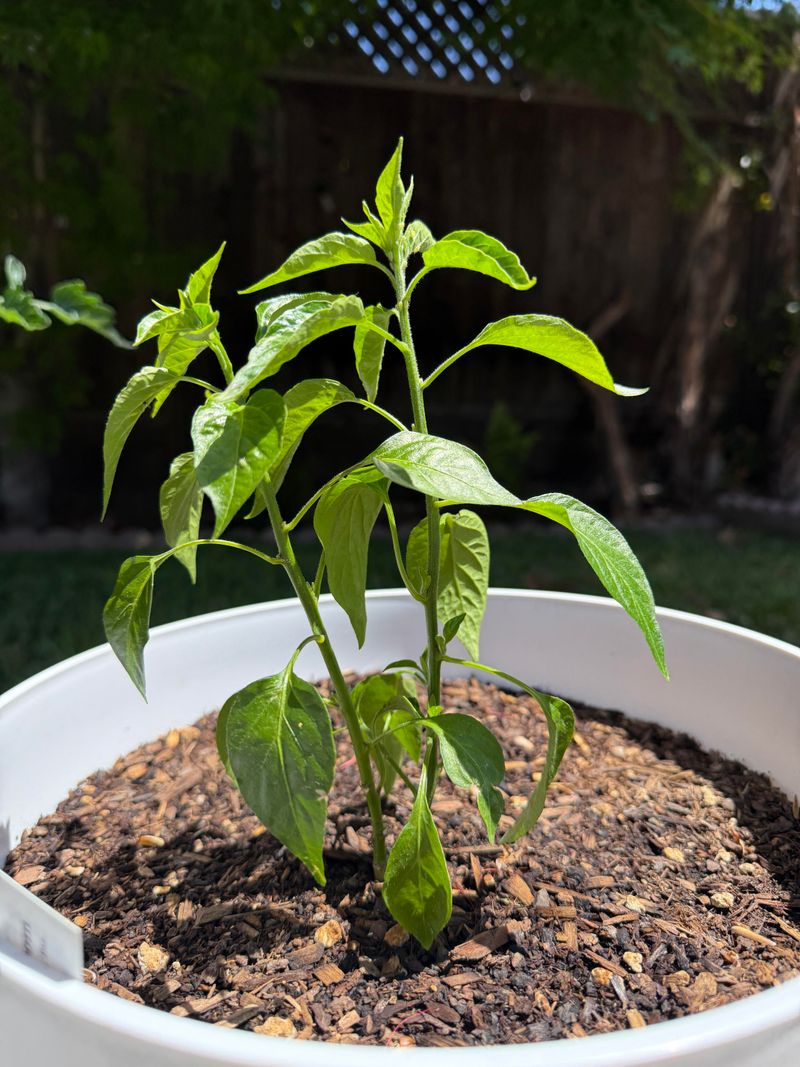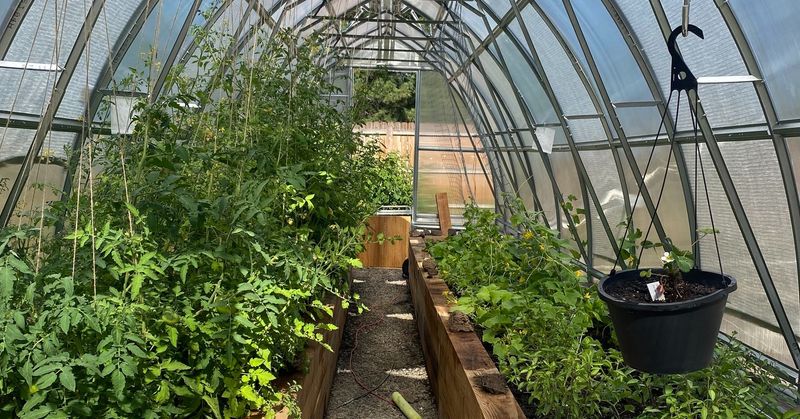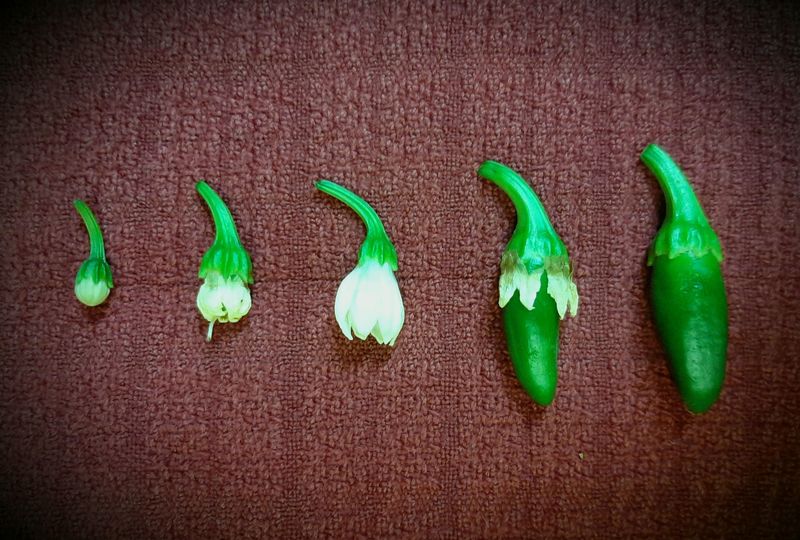My first jalapeño harvest was… underwhelming, to say the least. But once I figured out a few tricks, those plants started popping out peppers like champs.
It turns out a little planning goes a long way if you want a steady, spicy supply. Now I’m picking fresh jalapeños all season and still can’t believe how many I get.
If you’re hoping for a big harvest too, these tips might be just what your garden needs!
1. Start With Quality Seeds
Nothing beats starting with top-notch seeds from reputable suppliers. Look for varieties that match your climate zone and have good disease resistance ratings.
Store unused seeds in a cool, dry place for future plantings. The fresher your seeds, the better germination rates you’ll enjoy. Consider heirloom varieties for unique flavors and consistent production year after year.
2. Pre-Sprout Indoors
Kick-start your growing season by beginning seeds indoors 8-10 weeks before the last frost. Use seed-starting trays with good drainage and a quality seed-starting mix that retains moisture without getting soggy.
Place them under grow lights or in a sunny south-facing window. Maintain temperatures between 70-80°F for optimal germination. This head start can add weeks to your harvest season!
3. Choose Sunny Locations
Jalapeños crave sunshine like teenagers crave social media! Find the sunniest spot in your garden that gets at least 6-8 hours of direct sunlight daily. Southern exposures typically offer the most consistent light throughout the day.
The extra rays translate directly to more flowers and fruits. Remember that even partial shade can reduce your yield by half, so prioritize those sun-drenched areas for your pepper plants.
4. Space Plants Properly
Give your jalapeños room to breathe by spacing them 12-18 inches apart in rows separated by 24-36 inches. Proper spacing allows for good air circulation, reducing disease problems and allowing each plant to develop fully.
Consider using a grid system or markers at planting time to maintain consistent spacing. Well-spaced plants also make harvesting easier and ensure each plant receives adequate nutrients from the soil.
5. Prepare Rich Soil
Jalapeños thrive in well-draining, nutrient-rich soil with plenty of organic matter. Mix in compost, aged manure, or worm castings before planting to create a fertile foundation for your peppers.
Aim for slightly acidic soil with a pH between 6.0 and 6.8. Consider adding a light layer of mulch around plants to retain moisture and suppress weeds. Good soil preparation pays dividends throughout the growing season.
6. Water Consistently
Jalapeños prefer steady moisture rather than feast-or-famine watering. Aim for about 1-2 inches of water weekly, adjusting for rainfall and temperature. Morning watering allows foliage to dry during the day, preventing fungal issues.
Consider drip irrigation or soaker hoses to deliver water directly to the root zone. Watch for wilting during hot spells as a sign more water is needed, but avoid waterlogged soil that can lead to root rot.
7. Feed Regularly
Keep your jalapeños productive by fertilizing every 4-6 weeks with a balanced organic fertilizer. Look for formulations with numbers like 5-5-5 or 10-10-10 on the label, indicating equal parts nitrogen, phosphorus, and potassium.
Switch to a lower-nitrogen, higher-phosphorus fertilizer once flowering begins to encourage fruit production. Compost tea makes an excellent supplement between regular feedings and provides beneficial microorganisms to the soil.
8. Mulch Thoroughly
A 2-3 inch layer of organic mulch works wonders for jalapeño plants! Straw, shredded leaves, or grass clippings help retain soil moisture, regulate temperature, and gradually add nutrients as they decompose.
Keep mulch a few inches away from stems to prevent rot issues. Refreshing your mulch mid-season can give plants an extra boost during the hottest months. This simple step reduces watering needs and suppresses weeds that compete for nutrients.
9. Provide Support
Heavy-producing jalapeño plants often benefit from staking or caging to prevent branches from breaking under the weight of their fruit. Install supports when plants are young to avoid damaging roots later.
Tomato cages work well, as do simple wooden stakes with plant ties. Supporting your plants also improves air circulation and keeps fruits off the ground where they might rot or be damaged by insects and diseases.
10. Harvest Frequently
Regular picking stimulates jalapeño plants to produce more peppers! Harvest when fruits reach 3-5 inches long, regardless of whether they’re green or have ripened to red. Use garden shears or scissors rather than pulling to avoid damaging the plant.
Don’t let peppers overripen on the plant unless you’re saving seeds. The more you harvest, the more the plant will produce. Early morning harvesting when plants are hydrated produces the crispest peppers.
11. Control Pests Naturally
Keep unwanted visitors at bay by regularly inspecting plants for aphids, hornworms, and other common pests. Introduce beneficial insects like ladybugs and lacewings that prey on problematic bugs.
Make a simple pepper spray by blending hot peppers with water and a drop of dish soap to deter many insects. Neem oil provides excellent broad-spectrum protection against multiple pests while remaining relatively safe for beneficial insects when used properly.
12. Prevent Disease Proactively
Many common pepper diseases can be prevented with simple practices. Avoid working with plants when they’re wet to prevent spreading fungal spores. Remove and destroy any diseased leaves or fruits promptly.
Rotate your pepper planting areas yearly to break disease cycles in the soil. Consider applying a layer of compost tea as a foliar spray to introduce beneficial microbes that help plants resist disease naturally. Healthy plants fight off problems better!
13. Prune Strategically
Selective pruning can transform your jalapeño harvest! Remove the first few flower buds that appear to direct energy into developing a stronger plant. Trim lower branches that touch the soil to prevent disease transmission.
For plants growing in shorter seasons, topping them (removing the growing tip) in mid-summer encourages bushier growth and more fruit production. Always use clean, sharp pruning tools to make clean cuts that heal quickly.
14. Extend The Season
Don’t let cooler weather end your pepper harvest! Use row covers or plastic tunnels when temperatures drop to extend your growing season by weeks. Containerized plants can be moved indoors near sunny windows or under grow lights.
Add black plastic mulch around plants to warm the soil and speed growth. For fall protection, consider using water-filled containers near plants to absorb heat during the day and release it at night, creating a microclimate.
15. Succession Planting
Keep the harvest coming by staggering your planting dates. Start new jalapeño seedlings every 2-3 weeks during spring to ensure continuous production throughout the season. Early plantings may slow down mid-summer while your newer plants hit their stride.
Consider growing a few plants in containers that can be moved to optimal conditions as seasons change. This strategy ensures you’ll always have plants at their peak production phase, maximizing your overall yield.

